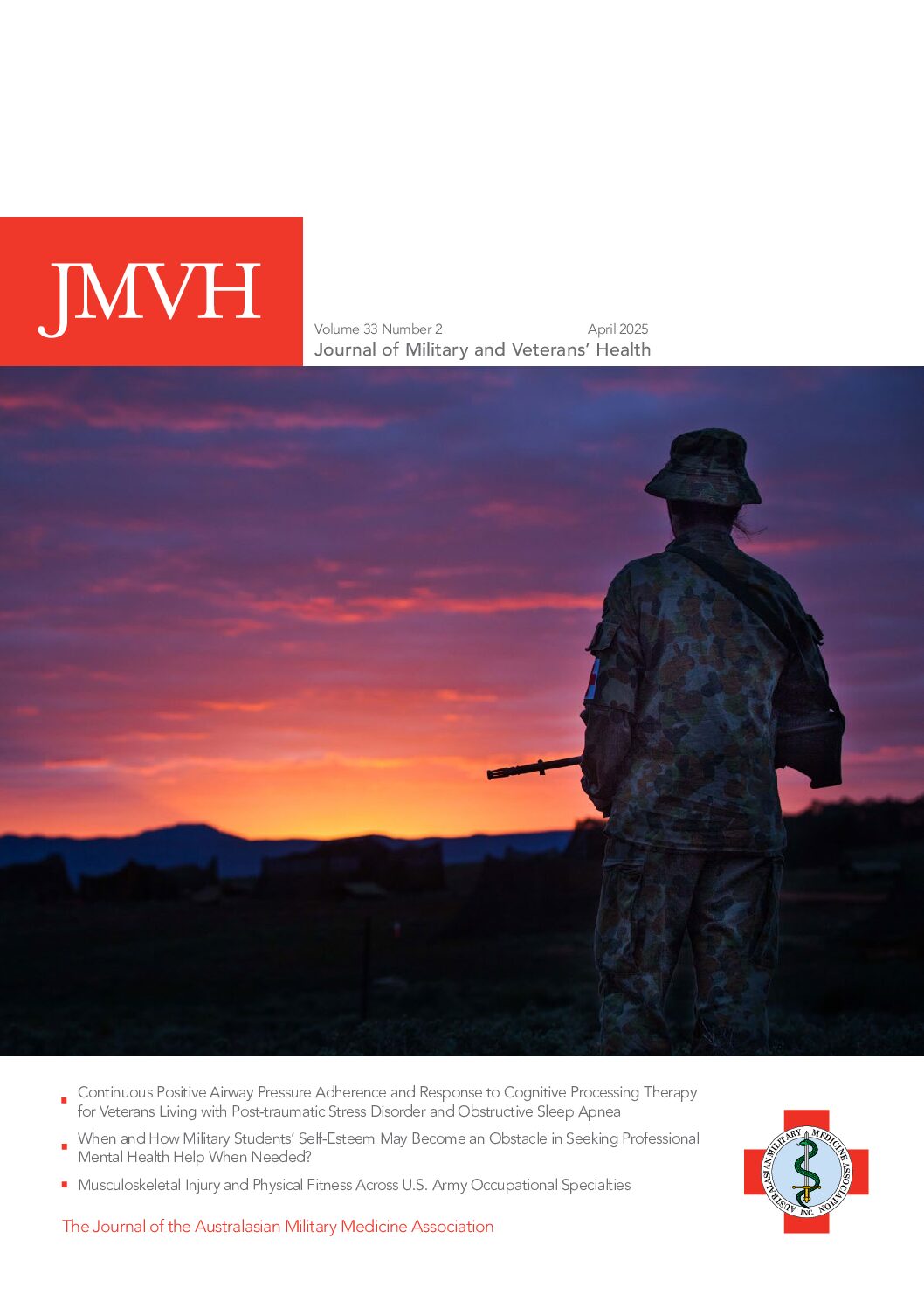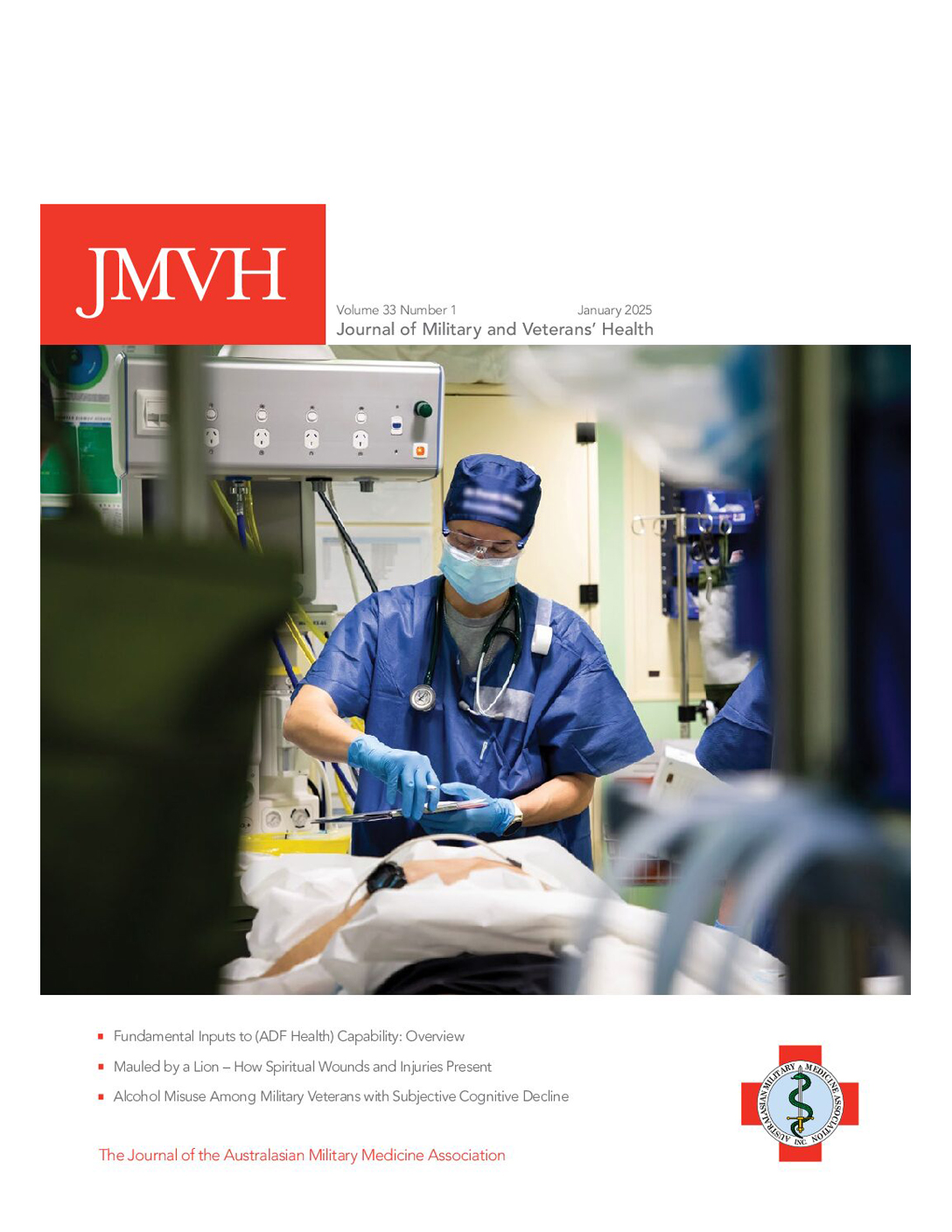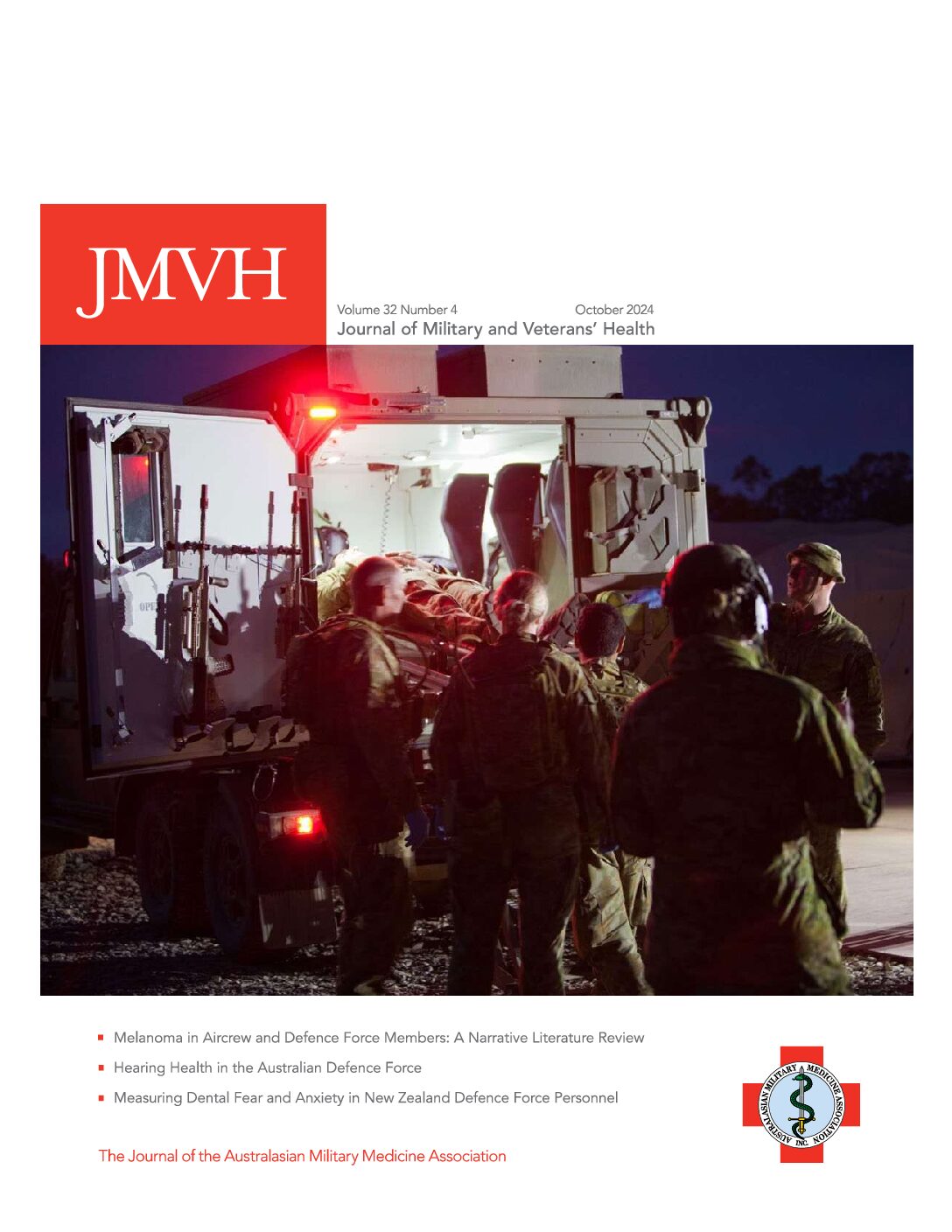THE EXPLOSION AT CHERNOBYL IN 1986 is the best known of the Russia n nuclear accidents. Recently, however, information has become available on other Russian nuclear accidents occurring in the 1950s and 1960s. This brief report will look at the two main accidents from that era.
K-19
K-19, the first Soviet nuclear submarine armed with nuclear warheads, was a major technological
breakthrough for the Russians. There were, however, problems during her construction. The primary coolant system pipe was accidentally damaged by the welders and no secondary cooling system was fitted.
On 4 June 1961, the K-19 was exercising in the North Atlantic with other submarines when the damaged pipe ruptured. With rapid rises in both the core temperature and the radiation levels, the Captain organised teams of volunteers to weld repairs to the pipe. Although successful, 22 of the 139-crew died of acute radiation syndrome. The boat was successfully towed to the Kola Peninsula.
CHELYA BINSK/KYSHTYM ACCIDENTS
In 1948, the USSR began operating a secret plutonium plant called Mayak in the Kyshtym/Chelyabinsk
region2. High-level waste (>37 Giga Bq/litre) was stored in underground stainless steel tanks, medium level waste (> 37 Mega Bq/litre) was stored in Lake Karachay and nearby marshes, and low-level waste (< 37 Mega Bq/litre) was dumped in the Techa River3. Between 1949-1951, 111 Peta Bq of radiation was released into the Techa River. The radioisotopes were principally Strontium-90 and Caesium-137. Human dosimetry began in 1951. This revealed that 1000 people living by the Techa River had greater than 37 Kilo Bq of Strontium- 90 in their bones. Evacuation of people occurred over the next 11 years and involved approximately 10,500 people.
In 1957, a second accident occurred when improperly ventilated storage tanks exploded at Kyshtym releasing 7.4 Exa Bq of comparatively fresh nuclear waste into the atmosphere. Although most was dispersed near the tanks as liquid pulp, a plume dispersed radioisotopes, mainly Strontium, over a 23,000 square km area. The maximal doses were in the Metlino region where doses averaged 3 Sv per square km2. A third accident occurred in 1967. A severe drought dried up part of the highly radioactive Lake Karachay. Subsequent strong winds blew radioactive dust along the Techa river where levels of 5 cGy an hour were reached. A massive three month clean up produced a tenfold decrease in radiation levels.
Occupational health practices at the Mayak plant were also less than ideal. Between 1946-1960, approximately 6000 workers received a dose of greater than 1 Sievert. Over 2000 workers developed some occupational radiation sickness.
CONCLUSION
The three accidents along the Techa River involved 437,000 people, with 1200 receiving 2 Sv over 2 years and some receiving up to 4 Sv2. These accidents have left a chronic radioactive legacy which is only now receiving the comprehensive study it deserves. In collaboration with the Russian scientists, the Armed Forces Radiobiology Research Institute is undertaking research in this area with the first papers due out by the end of 1993.
GLOSSARY
Activity
Becquerel (Bq) = 1 disintegration per second.
1 Giga Bq = 109 disintegrations per second.
1 Tera Bq = 1012 disintegrations per second.
1 Peta Bq = 1015 disintegrations per second.
1 Exa Bq = 1018 disintegrations per second.
Dose
1 Gray (Gy) = 100 rads
Dose Equivalent
1 Sievert (Sv) = 100 rem.






